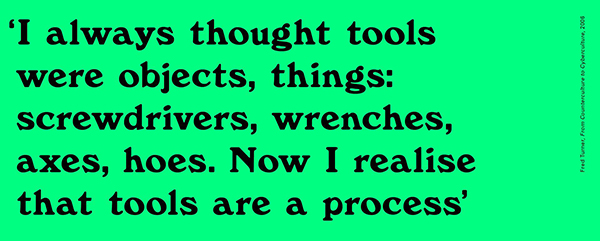
Printing will happen at Printlab on Friday morning.
The result of a process of binding printed sheets in order
The result of a process of pressing an inked form onto paper
Tools: press, tympan, packing, gauge pins, paper, etc.
The result of a process of applying ink to the form's surface
Tools: ink, ink slab, ink knife, tampon or rollers, etc.
The result of a process of locking type and spacing into a chase
Tools: chase, quoins, quoin key, furniture, reglets, planer, mallet, etc.
The result of a process of composing type and spacing into lines
Tools: type case, composing stick, galley, bodkin, tweezers, line gauge, miterer, slug cutter, type saw, etc.
The result of a process of selecting and arranging type and spaces
Tools: composing stick, type, rule, spacing material, etc.
The result of a process of filling non-printing areas to lock the form tight
Tools: leads, slugs, furniture, reglets, quads, etc.
The result of a process of carving and casting a letterform at type-height
Tools: punch, matrix, mould, casting pot, or gravers and end-grain wood, etc.
The process of making a book is governed by convention: there's always certain expectations of what a book should look like. Conventions are mutually shared silent agreements on how thing should be, which comes from things that feel so familiar and comfortable to us that any other way would feel hard, heavy, or strange. When it comes to books, familiar forms, what we might call "the rules of typography", "readability" or "beauty" are often presented to us as natural laws. But they're not fixed. What is familiar goes through a constant mutation, shaped by the experiences of lived life, which in turn is shaped by ideas and inventions in toolmaking, changing material conditions, and by the totality of human culture.


 — Pienen.jpg)
Carleton C. Berry, The house by the sea. Starshaped press: Our House, in the Middle of the Form

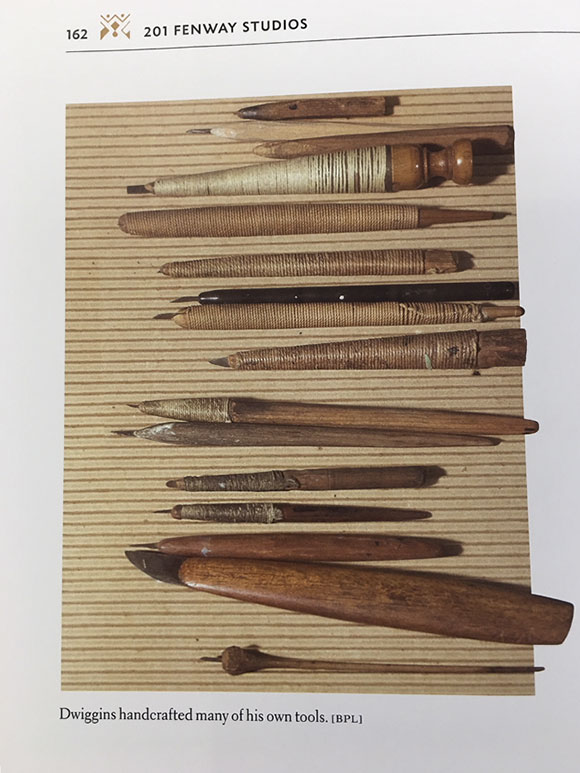
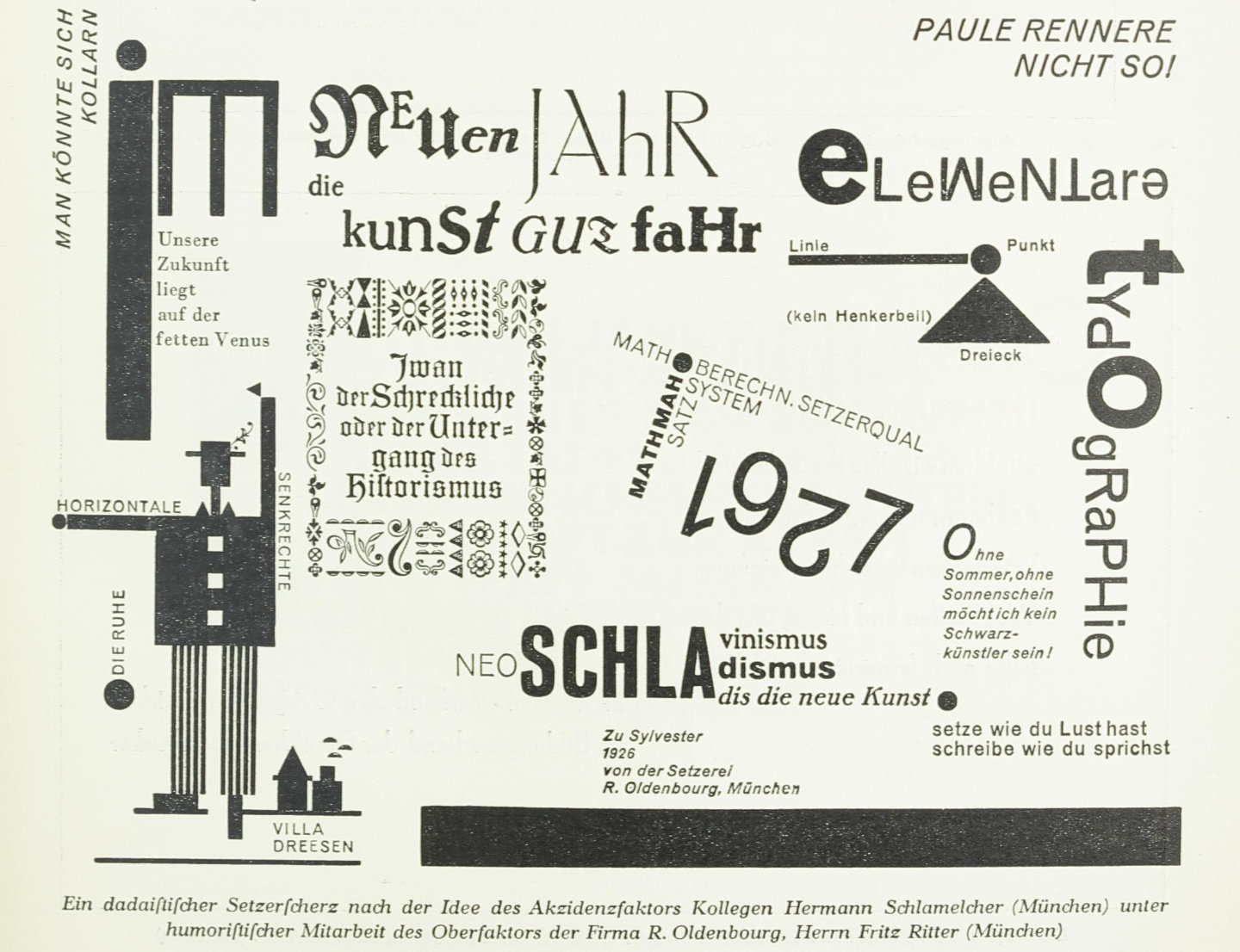
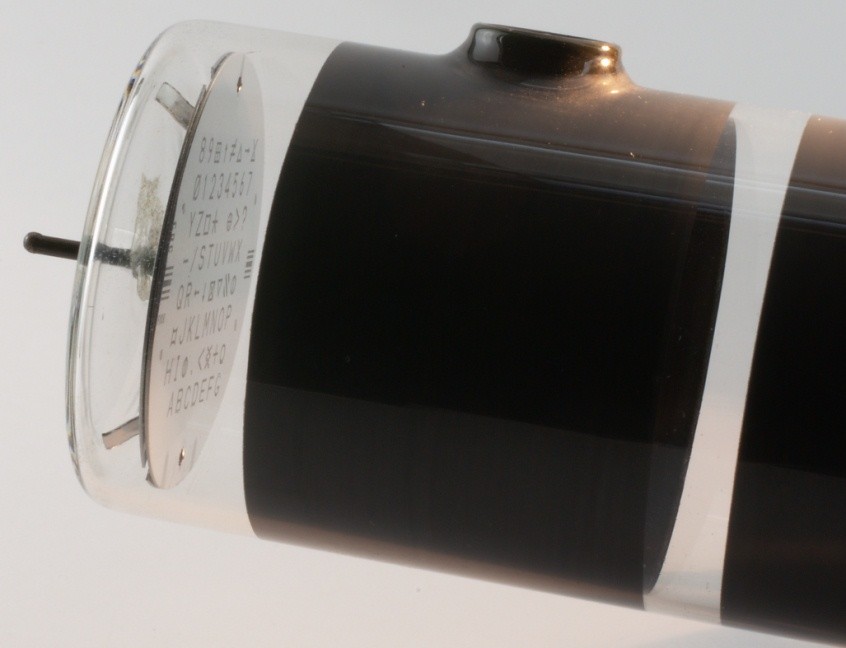
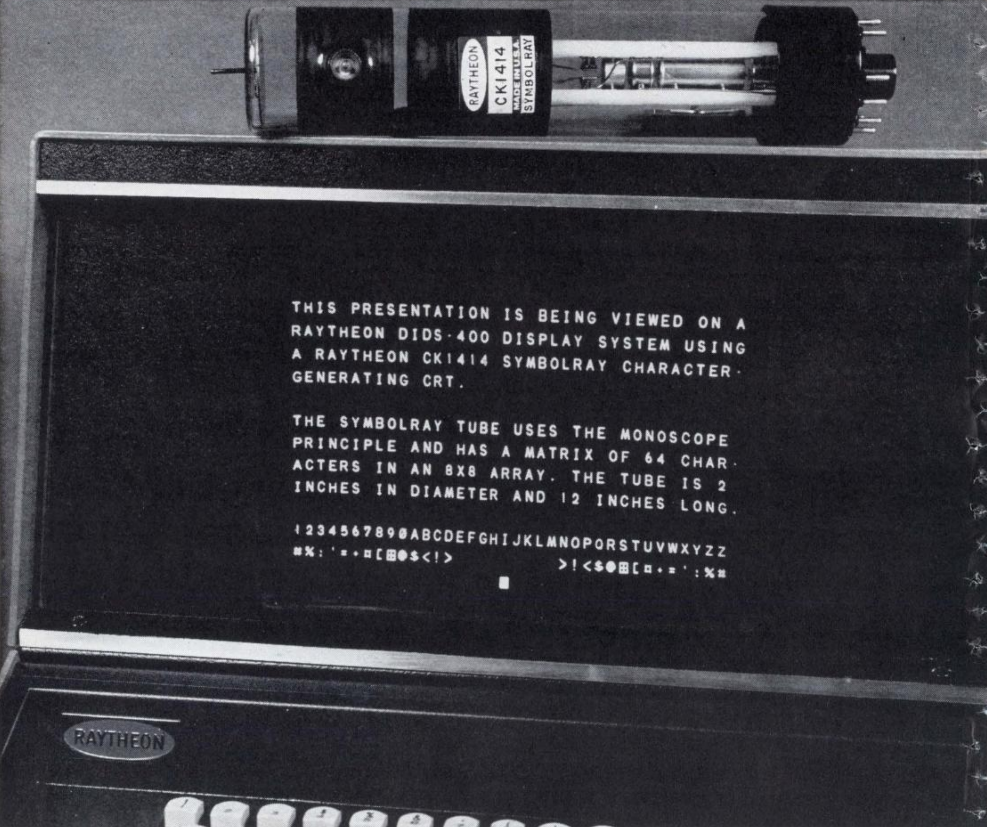
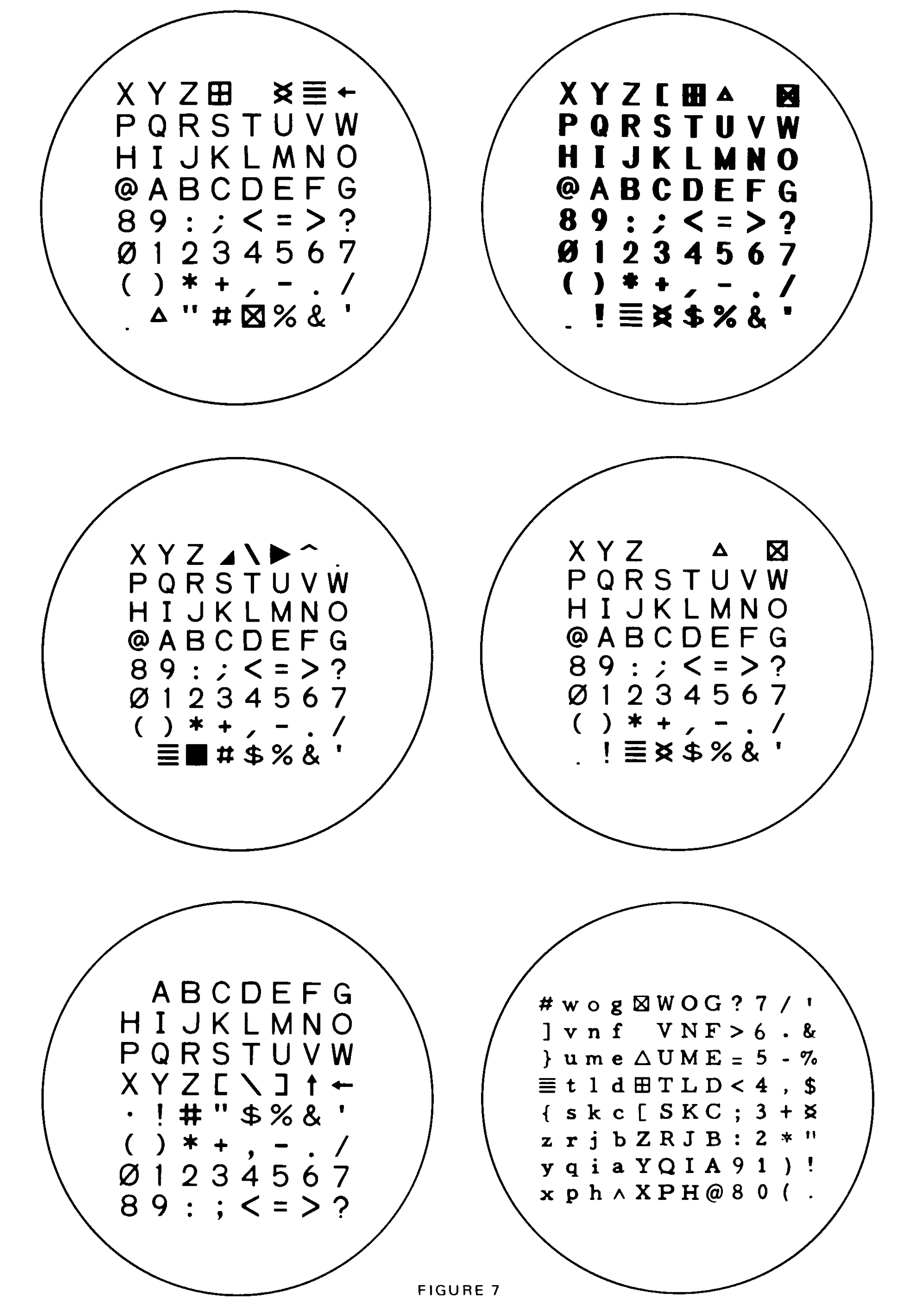

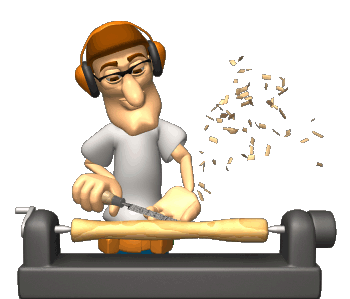
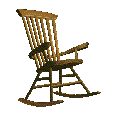


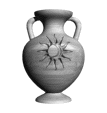

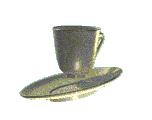

Beyond cubic and quadratic Béziers, there's rational Bézier, higher-degree Bézier, and HyperBezier. The B-spline family includes uniform and non-uniform B-splines, NURBS, and T-splines. Hermite-type interpolating splines include Hermite splines, Ferguson curves, cardinal splines, Catmull-Rom splines (and the centripetal variant), and Kochanek-Bartels / TCB splines. Cubic splines can have various boundary conditions: natural, clamped, not-a-knot, relaxed end, cyclic, and anti-cyclic. Shape-preserving interpolants include Akima splines, Steffen splines, and monotone cubic interpolation. Subdivision approaches include Chaikin curves, Lane-Riesenfeld, four-point subdivision, and Dyn-Levin-Gregory. For curvature-continuous or "fair" curves there are clothoids (Euler spirals / Cornu spirals), elastica, minimum energy curves, minimum variation curves, log-aesthetic curves, Spiro curves, κ-curves, and Pythagorean hodograph curves. Arc-based constructions include biarcs, arc splines, polycentric arcs, and conic splines. Motion planning uses Dubins curves and Reeds-Shepp curves. Type design has its own traditions with Hobby splines, Ikarus curves, and superellipses (Lamé curves). And there are always the general algebraic forms: conic sections, rational quadratics, power basis polynomials, and Coons curves. On top of that, periodic functions like sine, square, sawtooth, and triangle waves, statistical distributions like Gaussian / bell curves and sigmoid curves, and classical named curves like the Witch of Agnesi, lemniscate, cardioid, limaçon, spirals (Archimedean, logarithmic, Fermat), catenaries, cycloids, epicycloids, hypocycloids, Lissajous curves, rhodonea / rose curves, and so on can be combined, stacked and used as effectors to modify the previously mentioned curve representations.

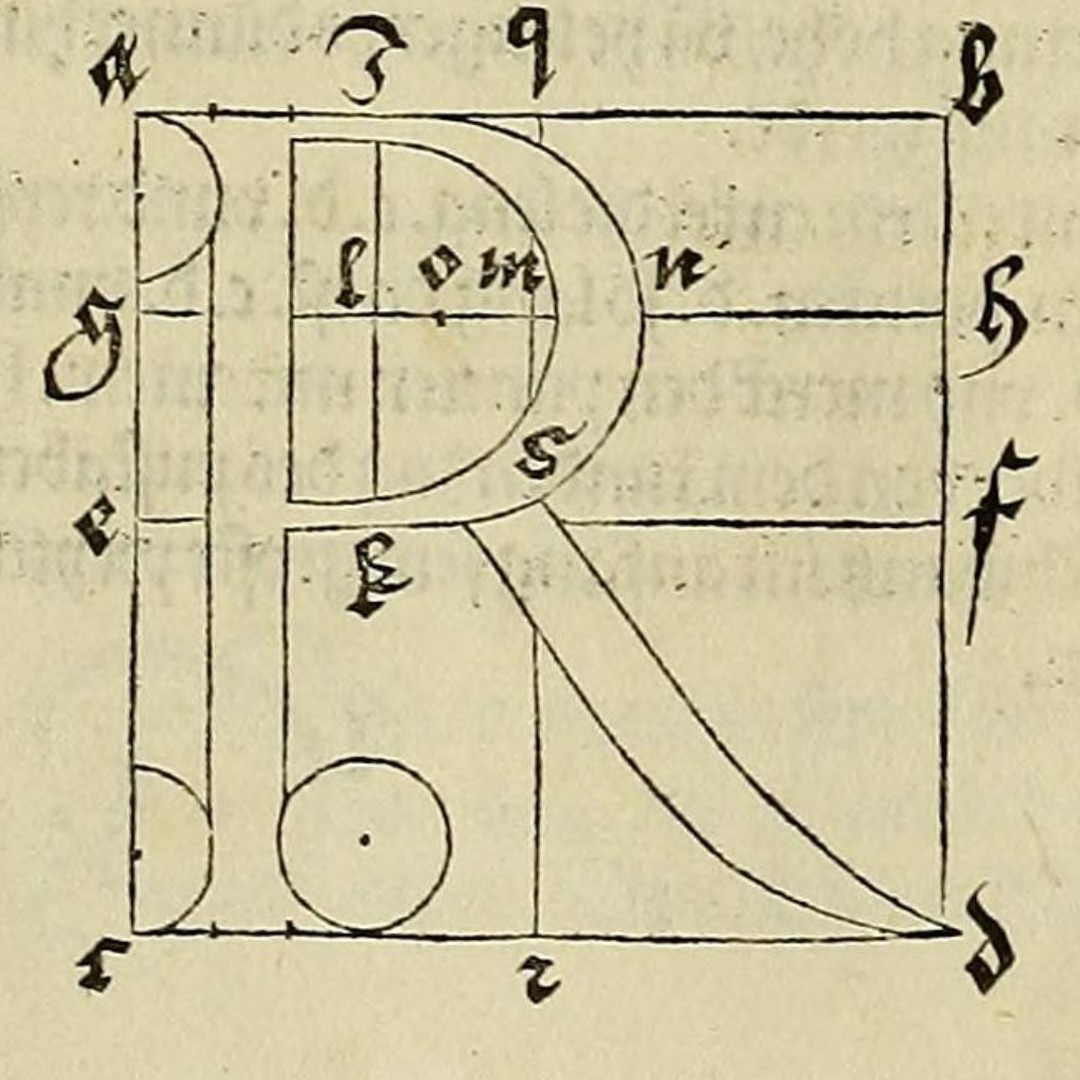
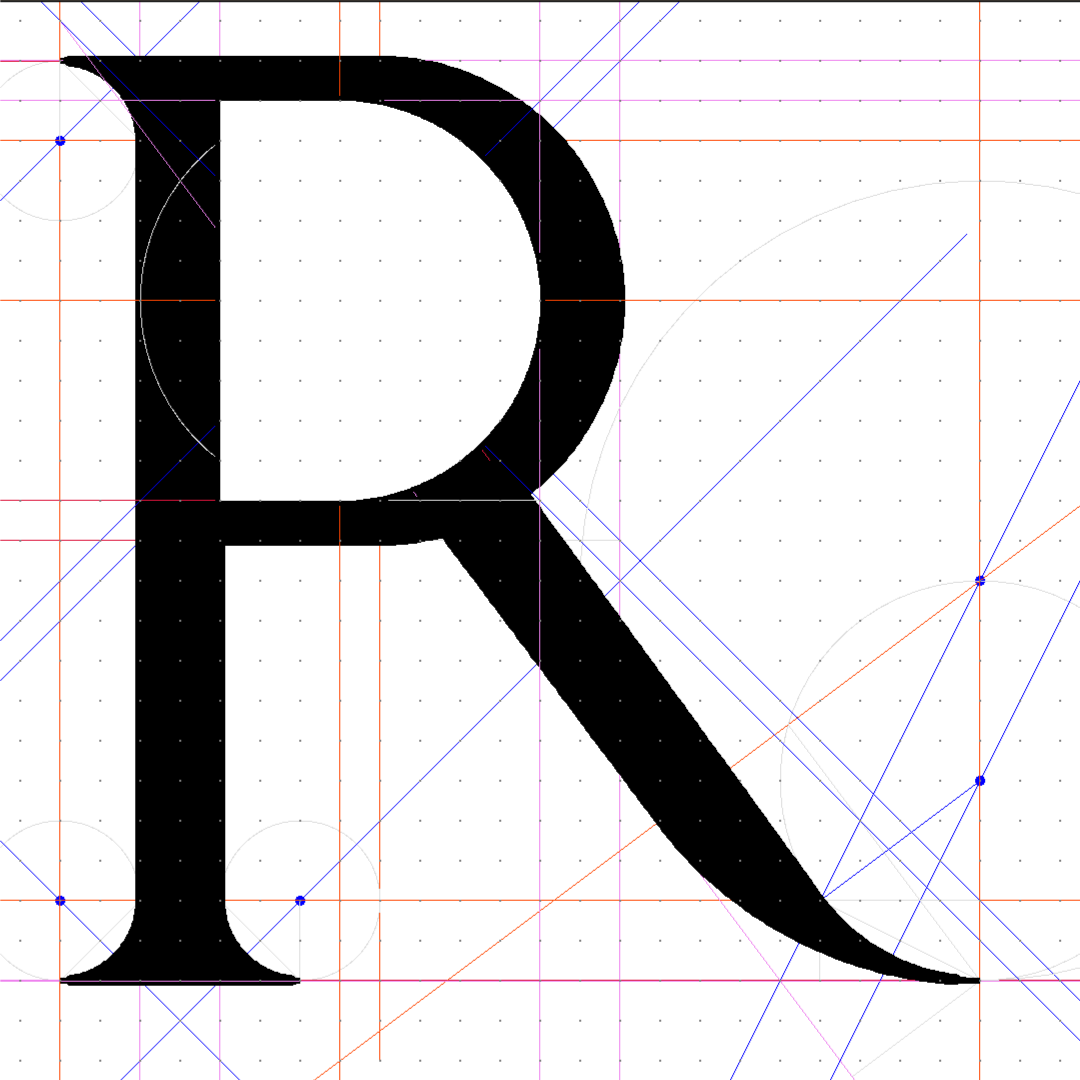
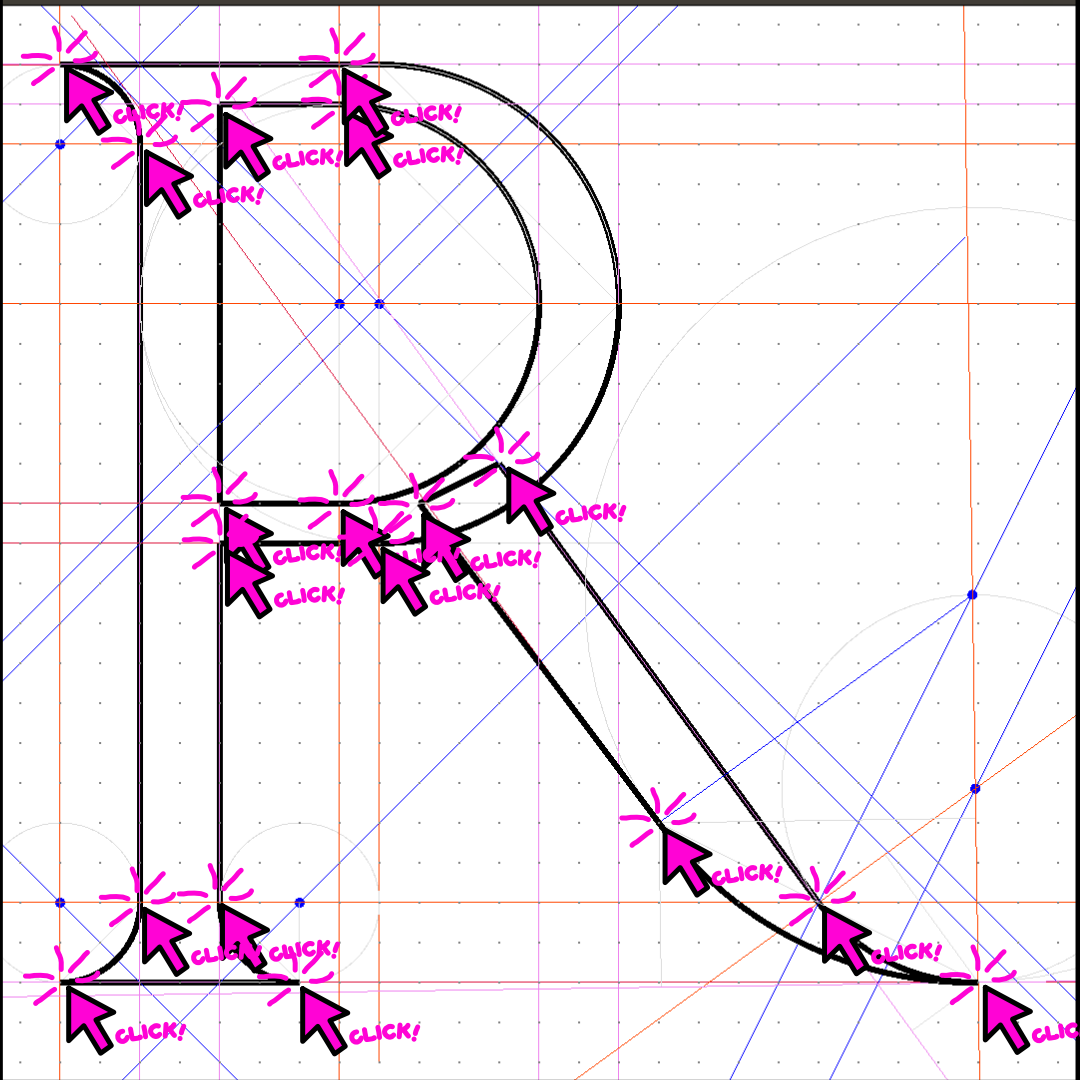
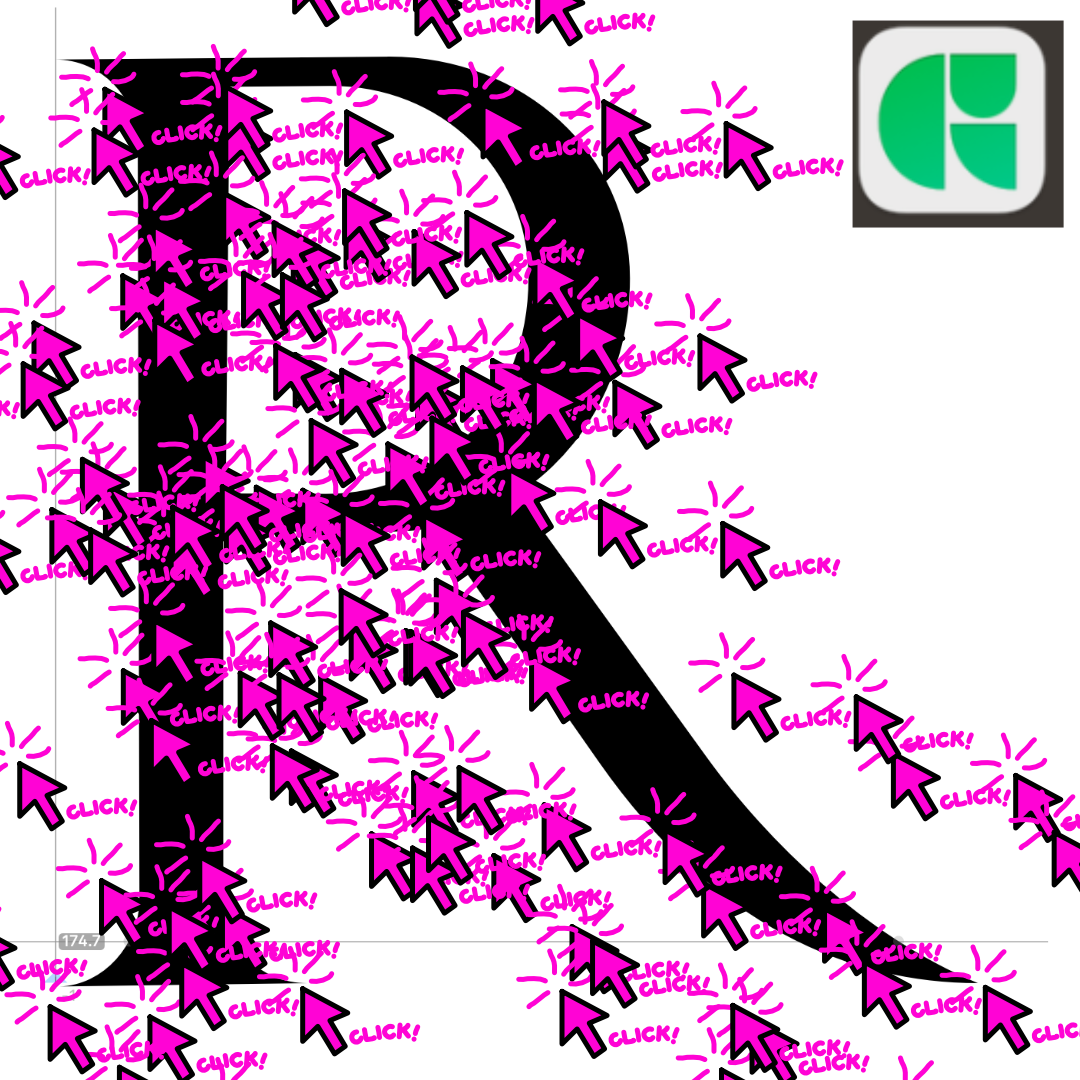
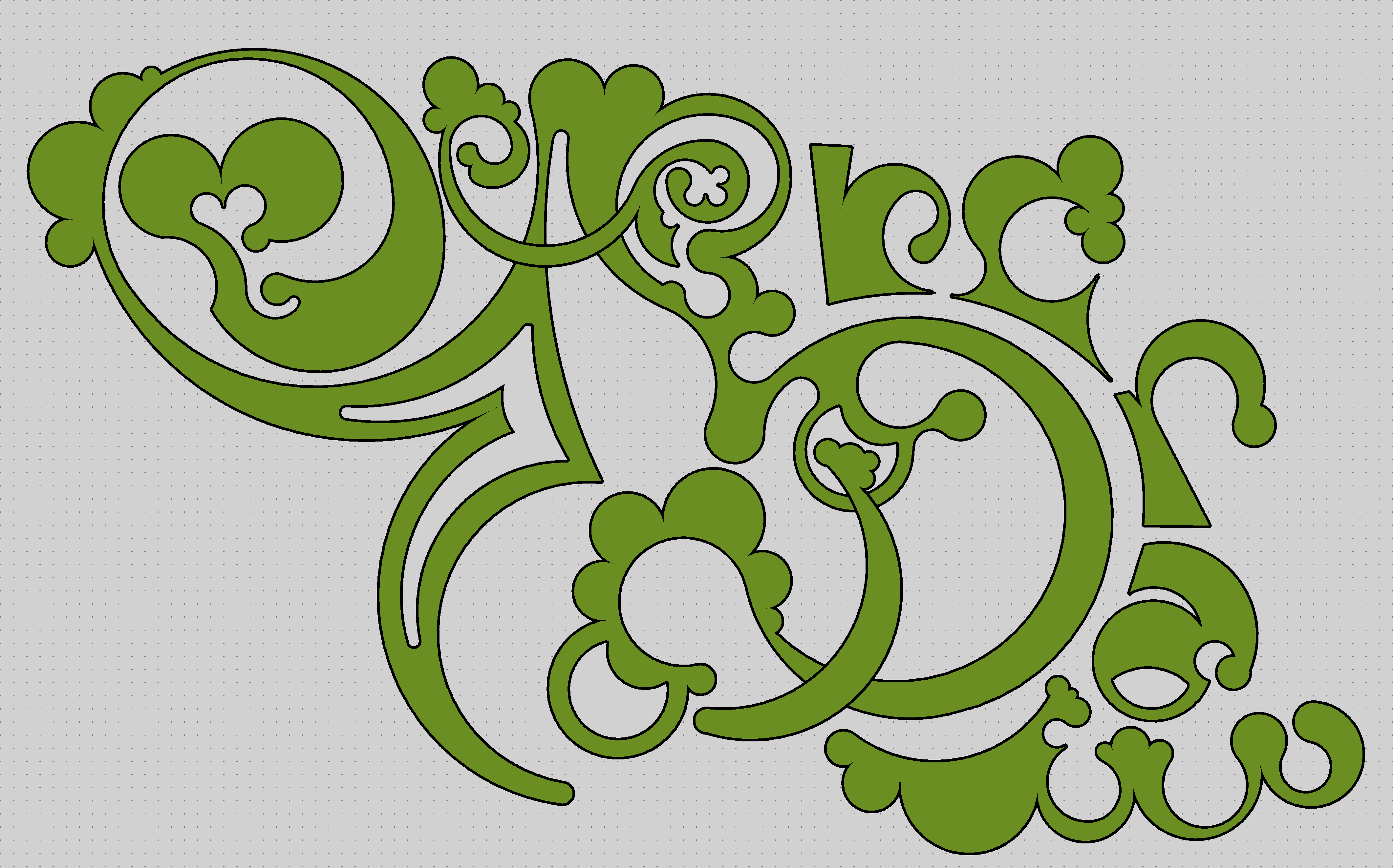
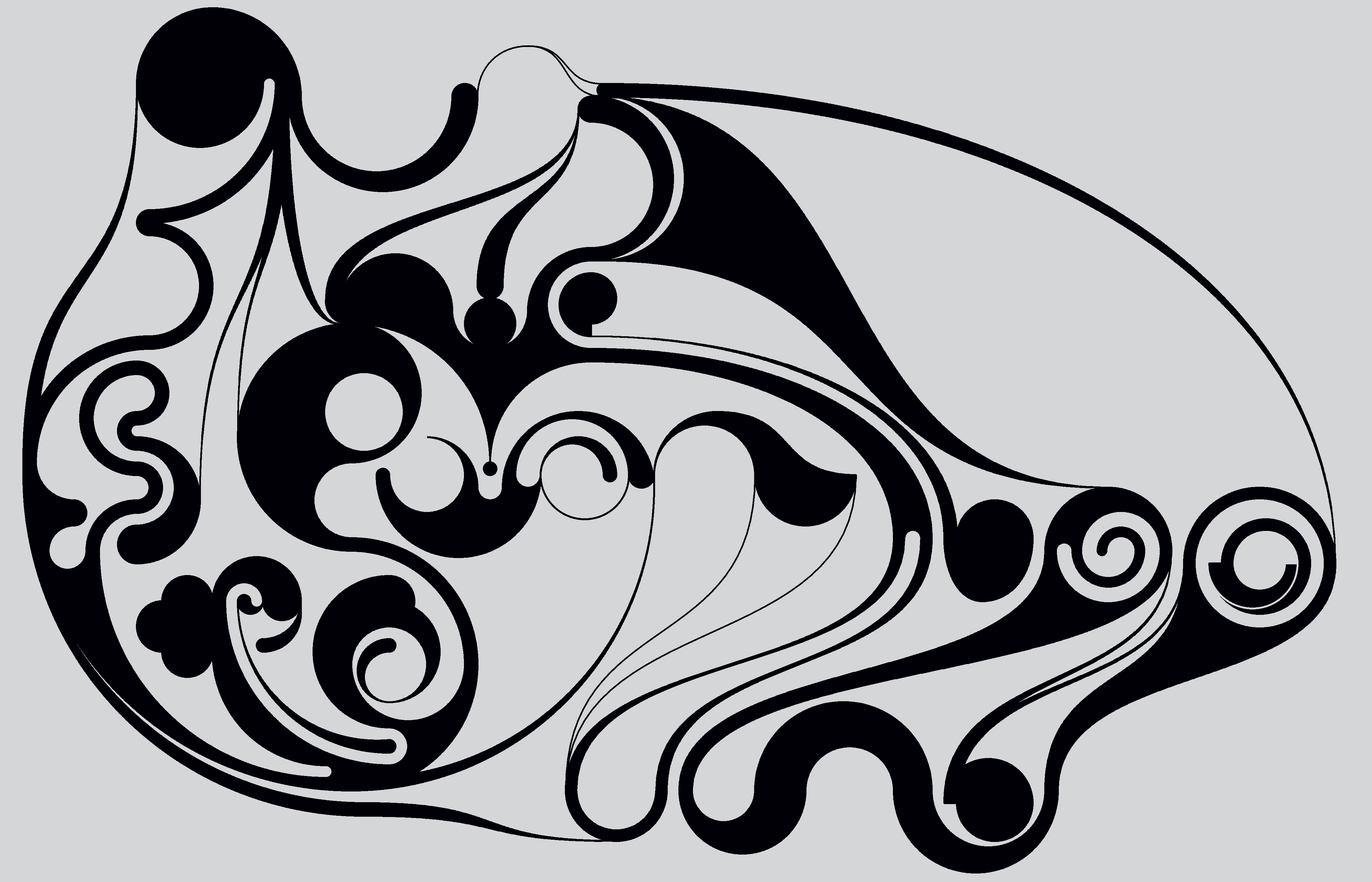
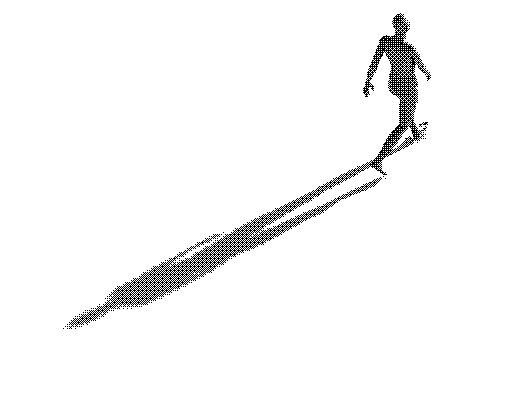


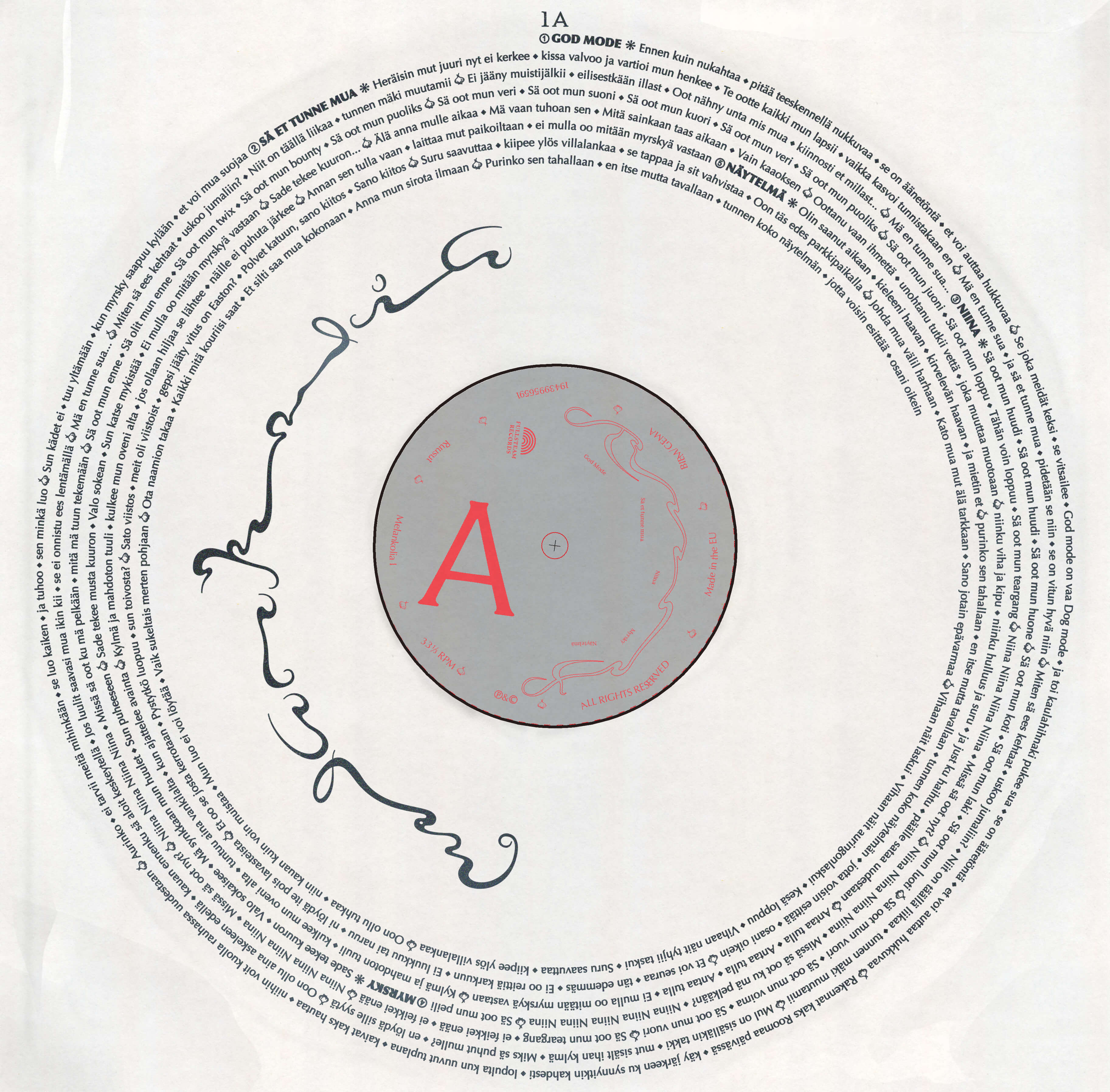
A list (of pages)
A list (of boxes)
A coordinate and size (containing content like text or image)
A list (of paragraphs)
A list (of text lines)
A list (of glyph placements)
A coordinate (referencing a glyph in a font)
A list (of glyphs)
A list (of curves)
A list (of lines)
A list (of points)
A coordinate (on a surface)
Every step is the result of a process using some tool to design, order and place things inside other things at a certain coordinates, and defining the shapes of those things.
